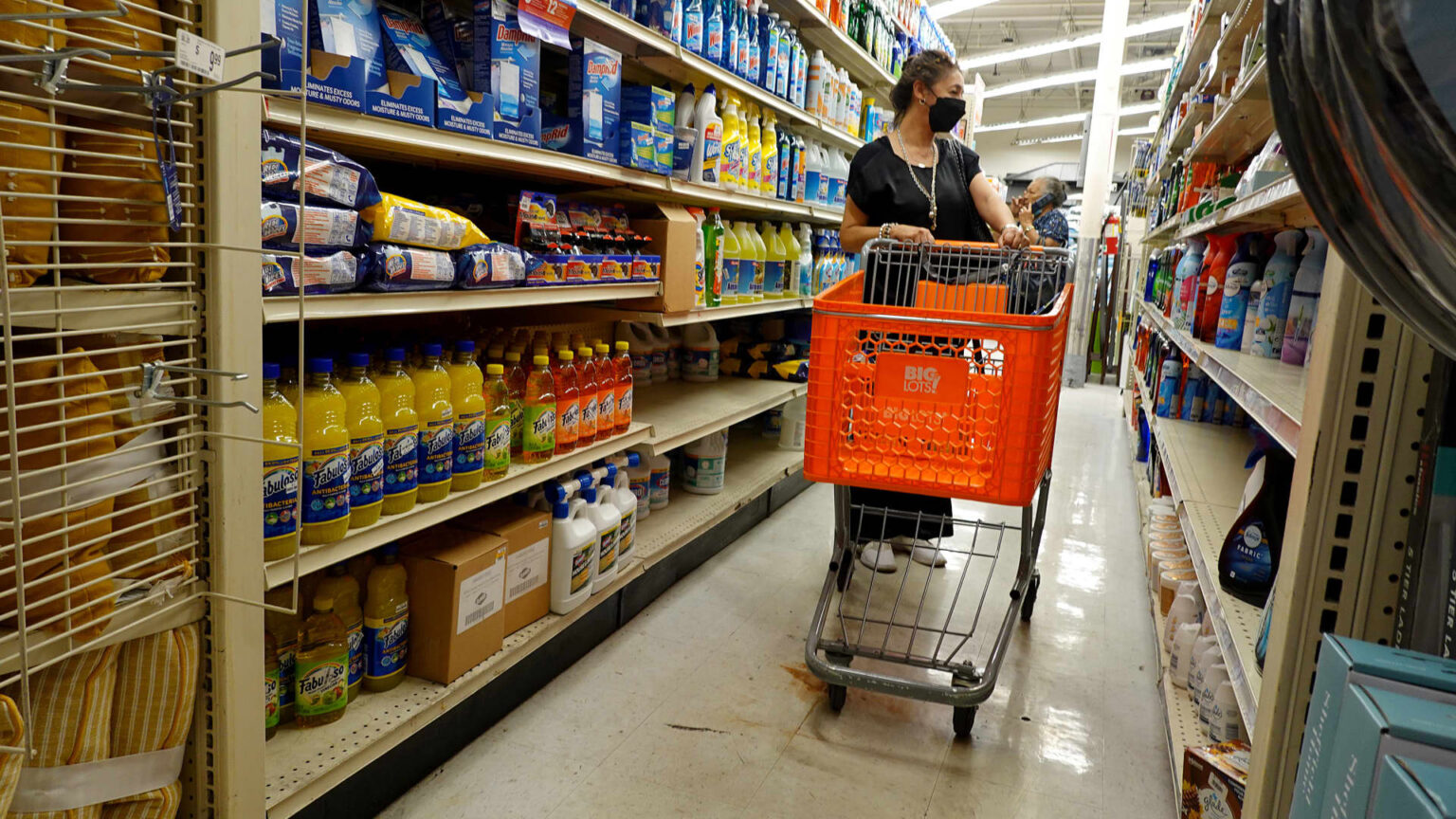An inflation gauge the Federal Reserve follows closely rose slightly less than anticipated in February, providing some hope that interest rate hikes are helping ease price increases.
The personal consumption expenditures price index excluding food and energy increased 0.3% for the month, the Commerce Department reported Friday. That was below the 0.4% Dow Jones estimate and lower than the 0.5% January increase.
On a 12-month basis, core PCE increased 4.6%, a slight deceleration from the level in January.
Including food and energy, headline PCE increased 0.3% monthly and 5% annually, compared to 0.6% and 5.3% in January.
The softer than expected data came with monthly energy prices decreasing 0.4% while food prices rose 0.2%. Goods prices rose 0.2% while services increased 0.3%.
In other data from the report, personal income increased 0.3%, slightly above the 0.2% estimate. Consumer spending increased 0.2%, compared to the 0.3% estimate.
Stock market futures held higher following the report while longer-duration Treasury yields declined.
Market pricing Friday morning following the inflation report indicated a slight bias towards the Fed raising its benchmark rate another quarter percentage point in May.
The Fed’s own unofficial projections released last week pointed to perhaps one more increase this year and no reductions. However, traders expect cuts this year, with end-year pricing for the federal funds rate at 4.25%-4.5%, half a point below the current target range.
While inflation has ebbed in some areas, it has remained pernicious in others. Shelter costs in particular have risen sharply. Fed officials, though, are looking through that increase and expect rents to decelerate through the year.
Still, inflation is likely to remain well above the Fed’s 2% target into 2024, and officials have said they remain focused on bringing down prices despite the current bank turmoil.
Data released Thursday suggests that the problems in banking also may be at least under control. Borrowing through two emergency Fed lending programs decreased slightly last week, indicating that there has been no frantic liquidity dash for banks that may be undercapitalized.
This is breaking news. Please check back here for updates.
Read the full article here










